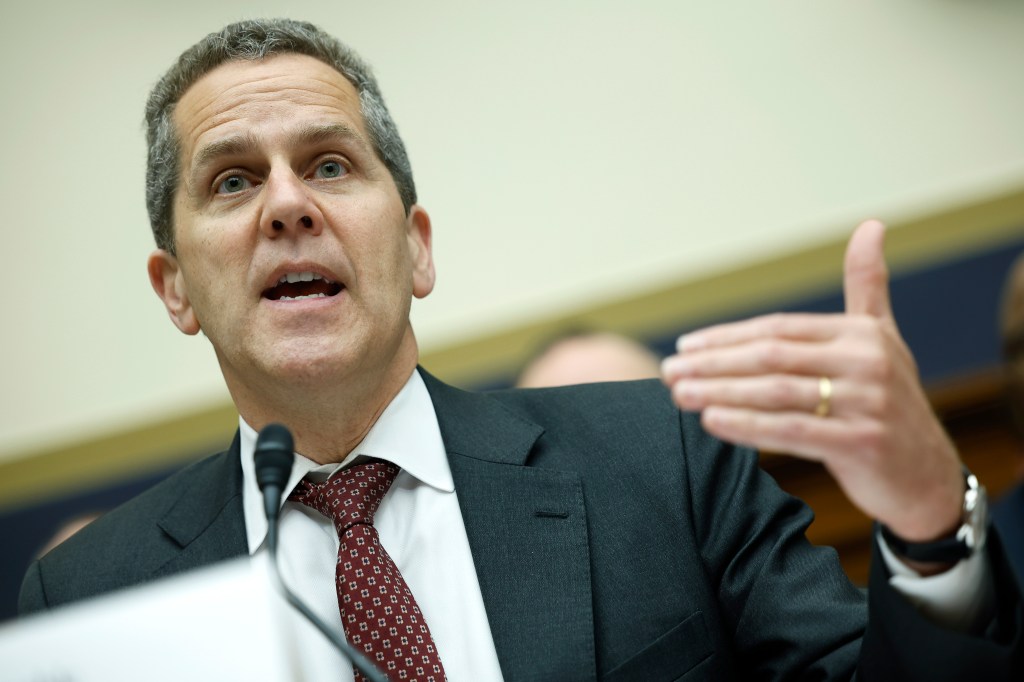US bank regulators are reconsidering how much liquidity banks should be required to have on hand following a series of abrupt regional bank failures in 2023. The move was revealed by Michael Barr, the Fed’s vice chair for supervision, on Monday at an event hosted by the Federal Reserve Bank of Atlanta.
Barr said many financial institutions have taken steps to improve their liquidity resilience over the past year, “and the regulatory adjustments we are considering would ensure that all large banks maintain better liquidity risk management practices going forward.”
Such targeted adjustments to the existing liquidity rules would be aimed at those larger banks to boost their resilience under stress and ensure they can readily access funds to offset surprise losses or deposit flight, he said. But he did not indicate when he expected regulators to propose such changes.
What could change?
The changes under consideration include:
- A requirement that banks over a certain size maintain a minimum amount of readily available liquidity with a pool of reserves and pre-positioned collateral at the discount window, based on a fraction of their uninsured deposits.
- A restriction on the extent of reliance on held-to-maturity assets in large banks’ liquidity buffers, such as those held under the liquidity coverage ratio and the internal liquidity stress test requirements, to address the known challenges with their monetization in stress conditions.
- A different treatment for certain types of deposits that may be more prone to runs, such as those associated with venture capital and cryptocurrency businesses.,
Fed may revisit capital rules
Existing capital rules might also be revisited, the WSJ reported on Sunday, saying regulators are now considering a plan that would reduce an almost 20% mandated increase in capital for the largest American banks.
Indeed, such capital mandates – designed to ensure larger banks have sufficient buffers to absorb potential losses – would on average be around half as much as originally planned if this new plan is enacted.
According to the reporting, Jamie Dimon, CEO at JPMorgan Chase, told other CEOs last fall to go around Barr and lobby other Fed governors to change the proposal. Dimon and other large bank CEOs say the rules – at least as originally planned – would hinder lending and ramp up costs.
Top officials from the three banking watchdogs involved in the pending capital rules – the Federal Reserve, the Federal Deposit Insurance Corporation (FDIC) and the Office of the Comptroller of the Currency (OCC) – are still discussing substantive and technical revisions and there is no guarantee that an agreement will be reached, the WSJ reported. The Fed, FDIC and OCC declined to comment on the reporting.











